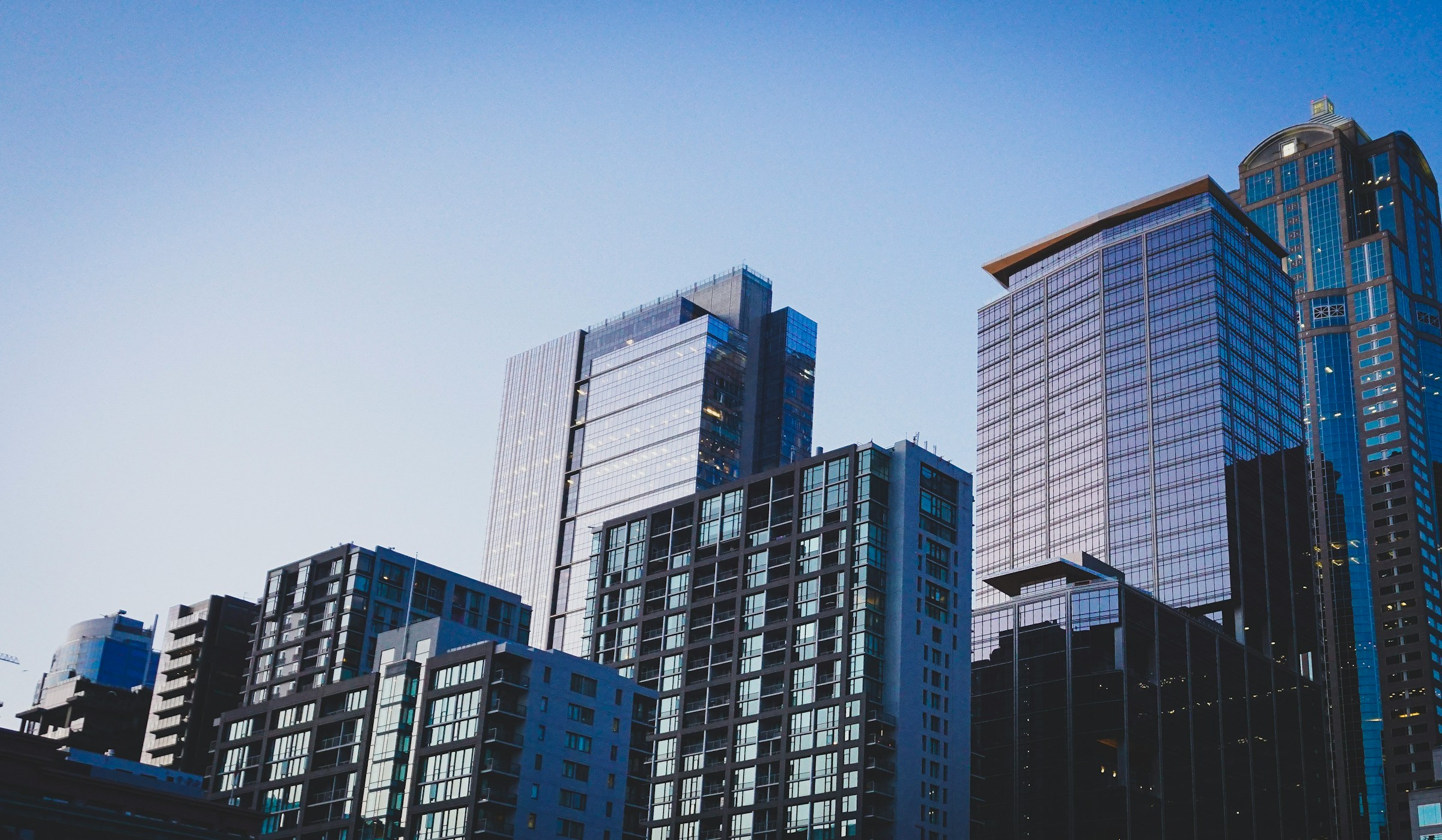In the ever-evolving realm of urban development, the incorporation of community health and wellness centers in real estate projects is becoming increasingly essential. This trend of blending wellness amenities within residential spaces is a response to the growing demand for healthier living environments. As a result, developers are being tasked to reimagine traditional designs and plans to accommodate wellness features and facilities. So, how can these facilities be integrated into real estate developments? Let’s dive into this.
Incorporation of Wellness Designs in Buildings
The foundation of integrating health and wellness centers into real estate developments lies in the design phase. Architectural and interior designs should reflect elements that promote a healthy lifestyle and enhance the well-being of residents.
In the same genre : How to Approach Heritage Impact Assessments for New Developments in Historic Urban Areas?
This could mean using construction materials that are eco-friendly and non-toxic to ensure the indoor environment is safe. In terms of interior design, spaces should be arranged to maximize natural light, as sunlight is linked to improved mood and energy. Apartments or rooms can be installed with air and water purification systems to ensure residents are exposed to clean, healthy elements. Noise reduction elements could also be incorporated for mental wellbeing.
Fitness centers, meditation rooms, and even communal kitchens for healthy cooking classes can be included in the design. Outdoor spaces should not be neglected either — gardens, walking paths, and cycling tracks help encourage physical activity and social interaction among residents.
Additional reading : How to Design Energy-Efficient Lighting Systems for Large Residential Complexes?
Development of Community Health Spaces within Real Estate Projects
The development of real estate projects with integrated health and wellness centers requires careful planning and strategic implementation. For an effective integration, developers should not just tack on these centers as an afterthought or bonus feature. Instead, they should be part of the core amenities provided by the estate.
Developers can incorporate health clinics or offices within the community. These spaces can house general practitioners, psychologists, nutritionists, and other health professionals. Having these services within the community can encourage residents to take proactive measures in maintaining their health.
Integrating wellness technology can also be beneficial. For instance, developers could implement an app-based booking system for fitness classes or health appointments within the community. The development process should therefore involve collaborations with health and wellness professionals to ensure the facilities cater to the needs of the residents.
Building a Social Community for Health and Wellness
Building a social community is crucial in any real estate project, and this is especially true when integrating health and wellness centers. The challenge for developers is to foster an environment where residents feel engaged and inspired to prioritize their health and well-being.
This could involve organizing regular fitness classes, health workshops, and wellness events that bring residents together. A community garden could serve multiple purposes – providing organic produce, promoting physical activity, and encouraging social interaction.
Regular feedback from residents can prompt necessary adjustments or improvements to the health and wellness facilities. Essentially, the goal should be to create a healthy living environment where wellness is a shared objective and a way of life.
Promoting Healthy Living in Existing Communities
What about existing communities? How can health and wellness centers be integrated into these spaces? The task might seem daunting, but it is wholly achievable with careful planning and execution.
One approach could be to convert underutilized spaces into wellness facilities. A vacant lot could be transformed into an outdoor fitness park or a community garden. Unused rooms or buildings could be repurposed as yoga studios, meditation rooms, or clinics.
It’s also possible to partner with local health and wellness businesses. For example, developers could work with a nearby gym to offer discounted memberships to residents. Or, they could invite health professionals to provide regular clinics or wellness workshops within the community.
The Role of Real Estate Developers in Community Wellness
As society becomes more health-conscious, the role of real estate developers in promoting wellness is becoming more significant. Developers have a unique opportunity to shape the lifestyle of their residents by integrating health and wellness facilities into their projects.
But it’s more than just building structures or providing amenities. Developers play a vital role in fostering a community culture that values health and wellness. They have the responsibility to ensure the facilities and programs they provide are accessible, inclusive, and cater to the diverse wellness needs of their residents.
In conclusion, integrating community health and wellness centers into real estate projects is not a simple endeavor. It requires a holistic approach — one that considers design, development, building communities, and promoting healthy living. But with careful planning and a commitment to wellness, developers can create spaces where residents can live well and thrive.
The Impact of Healthy Buildings on Wellness Residences
In the realm of real estate development, the notion of healthy buildings has gained substantial traction. Healthy buildings are constructions designed and operated to support the health and wellbeing of their occupants. They use natural light, effective ventilation, air quality control, and green spaces to create a more pleasant and healthy living environment.
For instance, the use of large windows and skylights can maximize the amount of natural light in living spaces. Research has linked natural light to improved mood, productivity, and overall health. Therefore, integrating natural light in real estate projects can significantly enhance the health and wellness of residents.
Air quality is another critical factor in healthy buildings. Poor indoor air quality can lead to various health problems, including respiratory issues and allergies. Using air and water purification systems, developers can ensure a clean, healthy atmosphere within their projects.
Moreover, the integration of green spaces in real estate development has proven to be beneficial for residents’ mental health and wellbeing. Gardens, walking paths, and cycling tracks encourage physical activity and social interaction, thereby fostering a wellness lifestyle among residents.
By creating healthy buildings, developers can provide wellness residences that promote a healthier, more balanced lifestyle, boosting the overall quality of life for their residents.
The Emergence of Wellness Communities
In recent years, there’s been a surge in the development of wellness communities. These are residential spaces where the built environment, neighborhood amenities, and community services are all designed to support the health and wellness of residents.
In these communities, health and wellness aren’t just about having a gym or a spa. They’re about creating an environment that supports physical, mental, and social wellbeing. This includes everything from air and water quality, access to healthy food, physical activity, and social connections.
For instance, wellness communities can have onsite health clinics with general practitioners, psychologists, nutritionists, and other health professionals. These clinics can provide regular health checks, wellness workshops, and personalized health and fitness programs for residents.
Developers can also incorporate community gardens, jogging and biking paths, meditation rooms, and other wellness amenities. These facilities provide residents with the opportunity to engage in healthy activities and interact with their neighbors, fostering a sense of community and shared wellness goals.
In a wellness community, every element – from the built environment to the social programs – is geared towards promoting a healthy, wellness-centered lifestyle for its residents.
Conclusion
The integration of community health and wellness centers into real estate projects is becoming an essential part of urban development. It goes beyond just constructing buildings. It’s about creating healthy buildings and developing wellness communities that promote a lifestyle centered around health and wellbeing.
Real estate developers have a vital role to play in this process. By incorporating design elements like natural light, air quality control, and green spaces, they can create healthier living environments. By developing onsite wellness facilities and offering health and wellness programs, they can foster a culture of wellness among residents.
While the task may seem daunting, it is wholly achievable with careful planning, strategic implementation, and consistent feedback from residents. By committing to wellness, real estate developers have the opportunity to significantly improve the quality of life for their residents, foster healthier communities, and set a new standard for the real estate industry as a whole.











